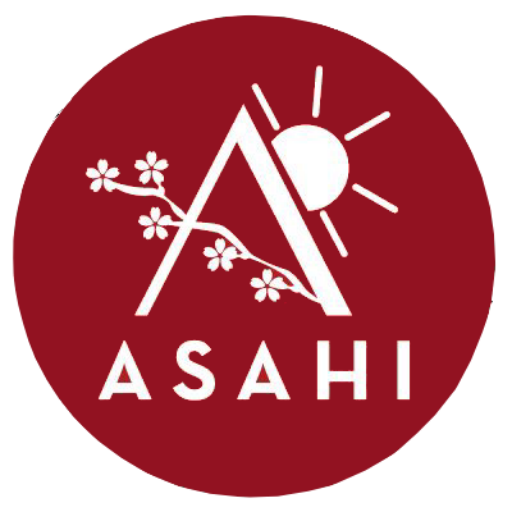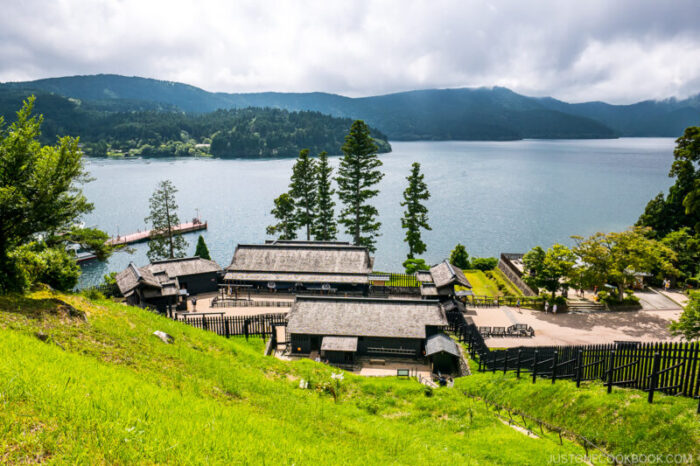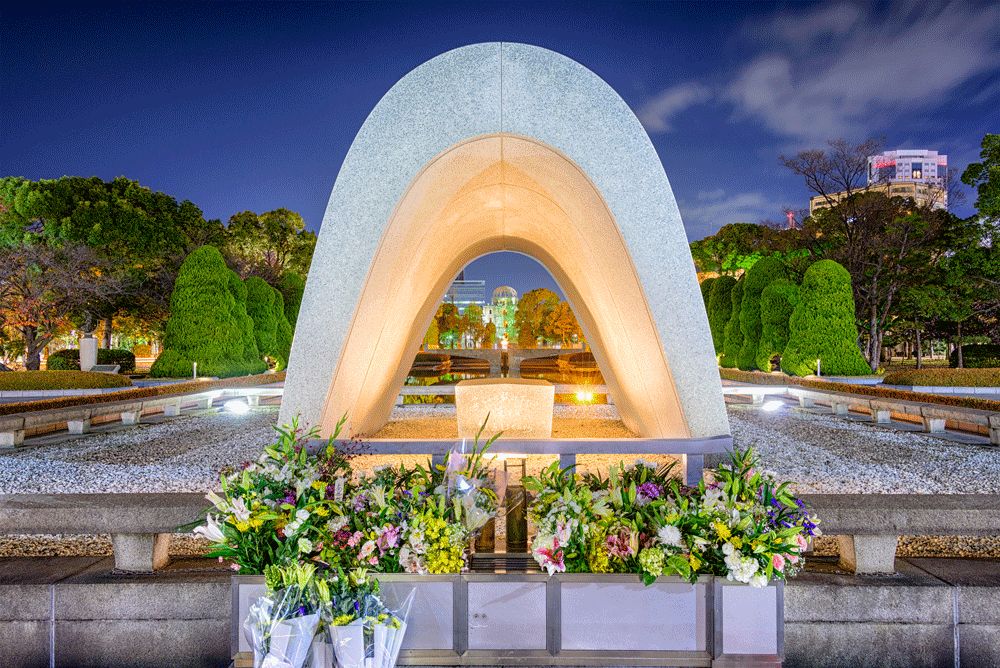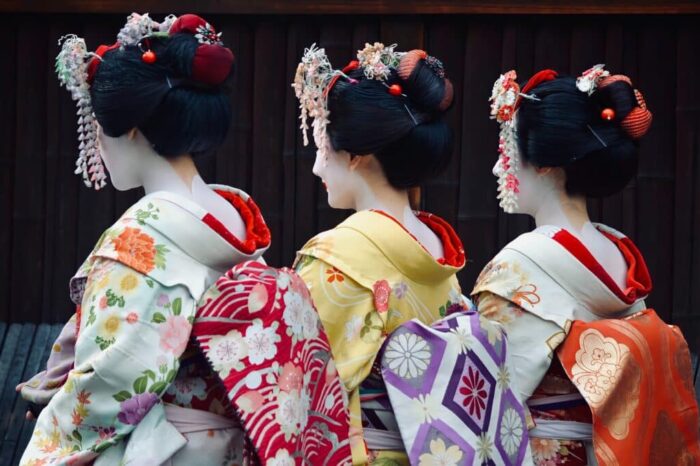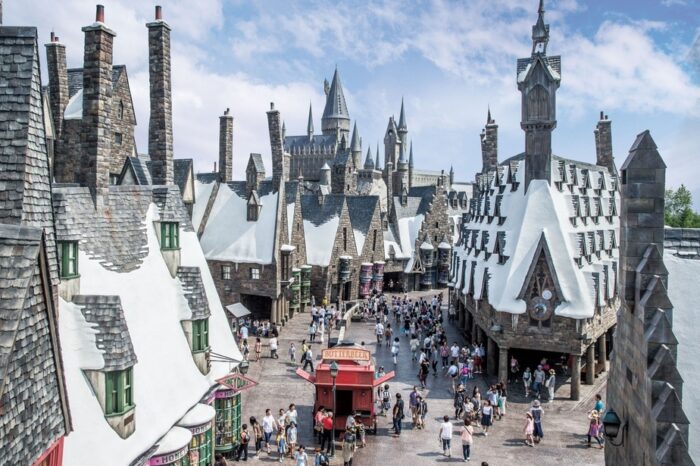Cherry Blossom Tour
A travel to Japan will never be complete without the beautiful pink flowers of the cherry blossom. These breathless flowers represent the deep-rooted culture of Japan. Take a picnic and allow yourselves to be in awe with the effect each of the locations pride in. Enjoy bathing and admiring the cherry blossoms in Honshu Island. Add drama to your evening strolls in Tokyo and Kyoto. And relish cherry trees lining a river against the striking backdrop of snowcapped mountains in the North!
The Places You’ll Visit:
Tokyo
Tokyo is one of the 47 prefectures of Japan.Tokyo is in the Kantō region on the southeastern side of the main island Honshu and includes the Izu Islands and Ogasawara Islands. It is the capital of Japan, the center of the Greater Tokyo Area, and the most populous metropolitan area in the world. It is also the seat of the Japanese government and the Imperial Palace, and the home of the Japanese Imperial Family. Tokyo Metropolis was formed in 1943 from the merger of the former Tokyo Prefecture and the city of Tokyo.
Showa Kinen Park
The entire park is home to approximately 1,500 cherry trees that bloom in full glory. Inside, there is a vast garden with a beautiful landscape formed by roughly 200 cherry trees amidst an expansive lawn. There is also a bridge from where rows of cherry trees can be seen lining the river. Participants will be guided to the captivating cherry blossom viewing spots in the park. Enjoy spring in Japan to the fullest, as you gaze upon delightful tulips, rape blossoms, bonsai trees, and other blooms of the season in a Japanese garden.
Tokyo Main Tower
Tokyo Tower is the world’s tallest, self-supported steel tower and is 13 meters taller than its model, the Eiffel Tower. A symbol of Japan’s postwar rebirth as a major economic power, Tokyo Tower was the country’s tallest structure from its completion in 1958 until 2012. The tower’s main observatory at 150 meters is reached via elevator or a 600-step staircase (both paid). Thanks to the tower’s central location, the observatory offers an interesting view of the city despite being only at a relatively moderate height.

Chidorigafuchi Kitanomaru Park
The most popular cherry blossom viewing spot, this place is visited by over 1 million people from all over the country each year. Delight in the wonderful scenery of a tunnel of beautiful blooms formed by 260 Yoshino and Oshima cherry trees along the water.

Shinjuku Gyoen
Shinjuku Gyoen opened in 1906 as a modern European-style garden for the Imperial Family. When spring comes, 65 varieties of cherry trees bloom proudly throughout a long period. Those who missed the cherry trees’ peak blooming times can still enjoy cherry blossom viewing here.
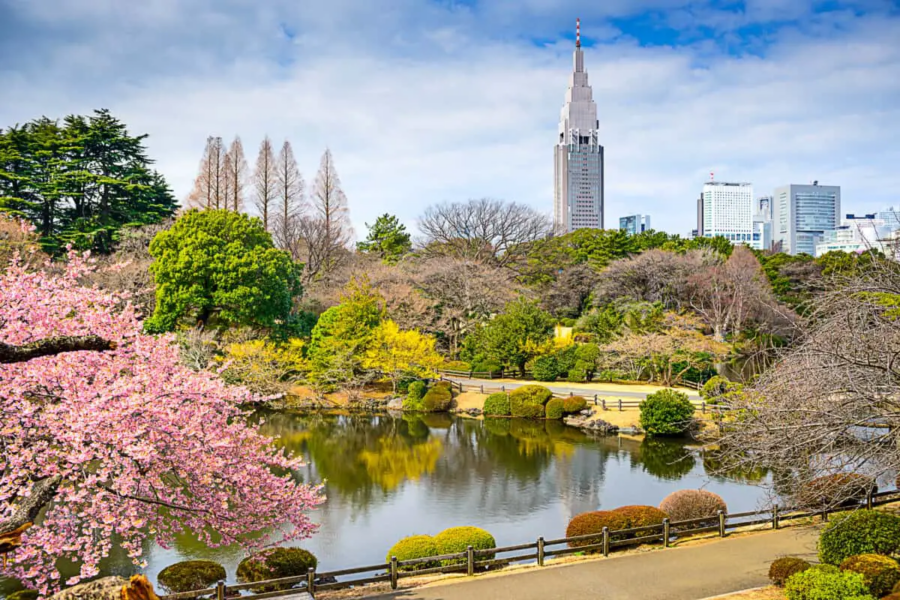
Sumida River Nighttime Cherry Blossom Cruise
This spring, take in romantic evening views of Japan’s cherry blossoms in full bloom! Catch breathtaking sights of the magnificent pink blossoms as you enjoy an evening cruise on Tokyo’s scenic Sumida River, famous for its rows of Japanese cherry trees that bloom along the riverbank. As you float past, enjoy a delicious Japanese snack in a bento box and one complimentary drink (including beer or lemon shōchū). You’ll also receive one cup of sake, poured by an apprentice geisha, who will perform a traditional dance aboard the boat.
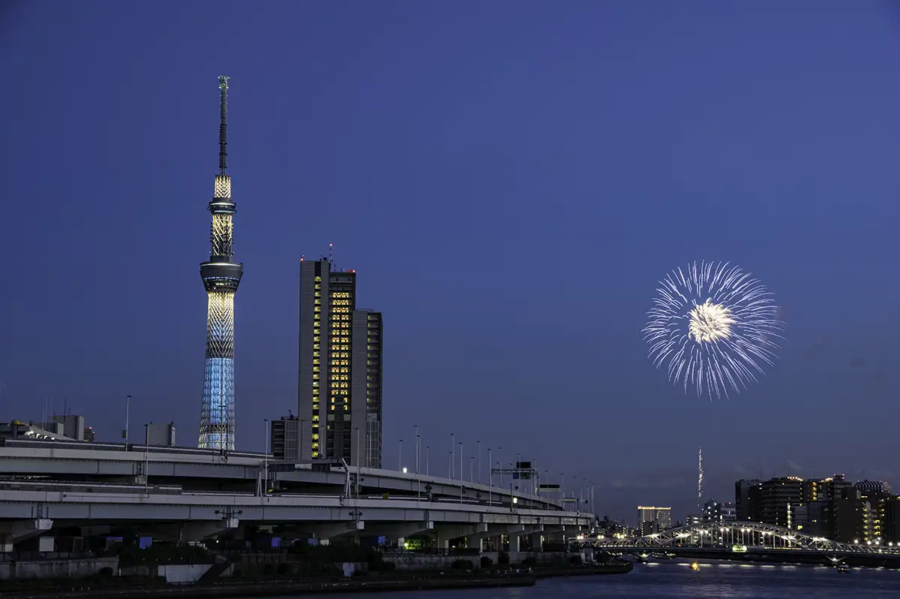
Meiji Shrine
The Meiji Shrine (Meiji Jingū) is a shrine dedicated to the deified spirits of Emperor Meiji and his consort, Empress Shoken in 1920, eight years after the passing of the emperor and six years after the passing of the empress. The shrine was destroyed during the Second World War but was rebuilt shortly thereafter.

Imperial House
The Imperial House of Japan also referred to as the Imperial Family and the Yamato dynasty comprises those members of the extended family of the reigning Emperor of Japan who undertake official and public duties. Under the present Constitution of Japan, the Emperor is “the symbol of the State and of the unity of the people”. Other members of the imperial family perform ceremonial and social duties but have no role in the affairs of government. The duties as an Emperor are passed down the line to their children and so on.
Senso-Ji Temple
The Sensoji (Sensoji was also known as Asakusa Kannon Temple) is a Buddhist temple located in Asakusa. It is one of Tokyo’s most colorful and popular temples. The legend says that in the year 628, two brothers fished a statue of Kannon, the goddess of mercy, out of the Sumida River, and even though they put the statue back into the river, it always returned to them. Consequently, Sensoji was built nearby for the goddess of Kannon. The temple was completed in 645, making it Tokyo’s oldest temple.
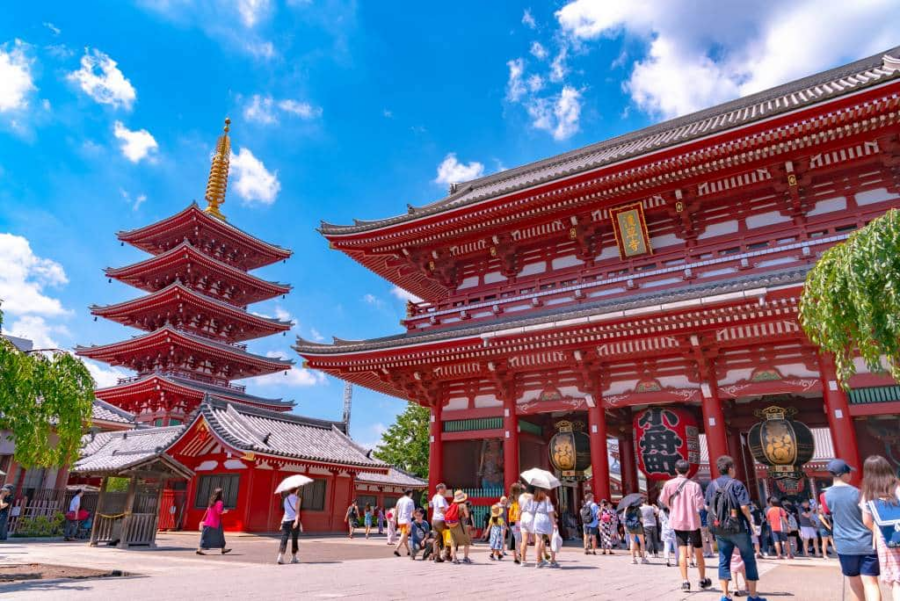
Nakamise Shopping Street
The Nakamise shopping street stretches over approximately 250 meters from Kaminarimon to the main grounds of Sensoji Temple. It is lined by more than 50 shops, which offer local specialties and the usual array of tourist souvenirs.
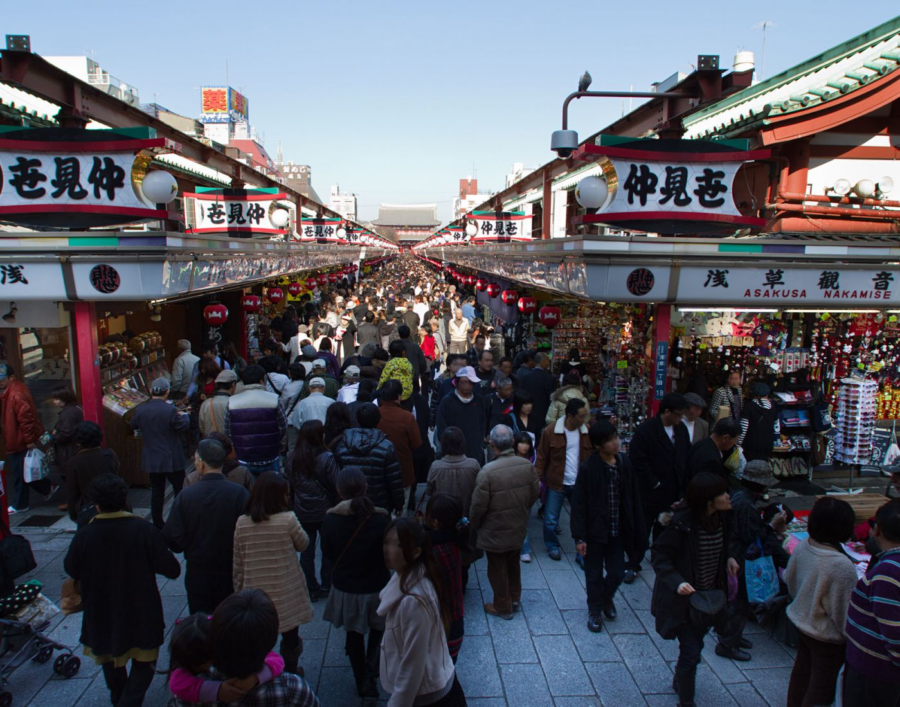
Tokyo Bay Cruise
A large ship complete with a restaurant, Vingt et Un, departs from Takeshiba Pier and cruises the Tokyo Bay area. Select one of the three time zones—lunch, twilight, or dinner—and enjoy an elegant meal with a view from the sea.

Odaiba Seaside Park
This is a man-made seaside park where you can fully enjoy Tokyo’s waterfront. Swimming is not allowed, but there are many other leisure activities including paddling and boardsailing, and the superb scenery of the towns on the opposite shore can be viewed over the Rainbow Bridge, so even a simple walk in the park is a pleasure. A walk along a sandy beach takes you to “Daiba Park” that still has traces of the Edo Period (1603-1867), and “Shiokaze Park” with its beautiful fountain.
Japanese Dance
Nihon-buyo is the artistic Japanese dance. On a stage or in a Japanese room, one or some dancers wore Kimono dance. The dance originally came from Kabuki, and the movement and music resemble it.There are many schools of Nihon-buyo in Japan, and main 5 schools are Hanayagi, Fujima, Wakayagi, Nishikawa, and Bando.”Nihon-buyo” exactly means “Japanese dance” in English, but we use this word in the sense of this artistic dance.

Hakone
Hakone is part of Shizuoka Prefecture, less than 100 kilometers from Tokyo. It is famous for its hot springs, outdoor activities, natural beauty and the view of nearby Mt. Fuji. Hakone is one of the most popular destinations among Japanese and international tourists looking for a break from Tokyo.
Mt. Fuji 5th Station
Mount Fuji (Fujisan) is with 3776 meters Japan’s highest mountain, making It is no surprise that the nearly perfectly shaped volcano, has been worshipped as a sacred mountain and experienced big popularity among artists and common people.
Lake Ashi Cruise
Lake Ashi or Hakone Lake is a scenic lake in the Hakone area of Kanagawa Prefecture in Japan. It is a crater lake that lies along the southwest wall of the caldera of Mount Hakone, a complex volcano. The lake is known for its views of Mt. Fuji and its numerous hot springs. A number of pleasure boats and ferries traverse the lake, providing scenic views for tourists and passengers.

Mt. Komagatake Ropeway
The Central Alps Komagatake Ropeway, which opened in 1967 as Japan’ s first mountain ropeway line, runs up to the Senjojiki Cirque directly below Mt. Hokendake. Chuo Alps Kanko celebrated its 50th anniversary in 2013. From the top of Mt. Komagatake (elevation: 2956 m, 9698 f t.), the main peak of the Central Alps, you have access to exquisite views of not only Mt. Fuji, but also of the Southern Alps, Mt. Ontake, Mt. Norikura, and the Northern Alps. The area is also famous for being home to a treasure trove of different rare alpine flowers and other alpine plants. Take a ride on the Central Alps Komagatake Ropeway and enjoy experiencing one of the greatest expanses of natural scenery in Japan.
Hakone Tozan Railways
This is the only mountain railway in Japan. The train departs from Hakone-Yumoto station (at 108 m above sea level) and takes about 40 minutes to arrive at the final stop, Gora station (at 553 m above sea level). Halfway up the line, there are switchbacks, where the driver and the conductor change shifts and the train switch to reverse travel direction. It is a special experience that can be enjoyed only with the Hakone Tozan Train.
Ninna-ji Temple
Ninna-ji Temple is a World Heritage site. The Omuro Cherry Trees which blossom at Ninna-ji Temple are a late-blooming variety, and their arrival marks the end of cherry blossom season in Kyoto. These cherry trees are shorter and feature double-petaled blossoms. If the Omuro cherry blossoms are not in bloom, the tour will visit the temple’s Goten (palace and gardens), which is built in the style of an imperial palace.
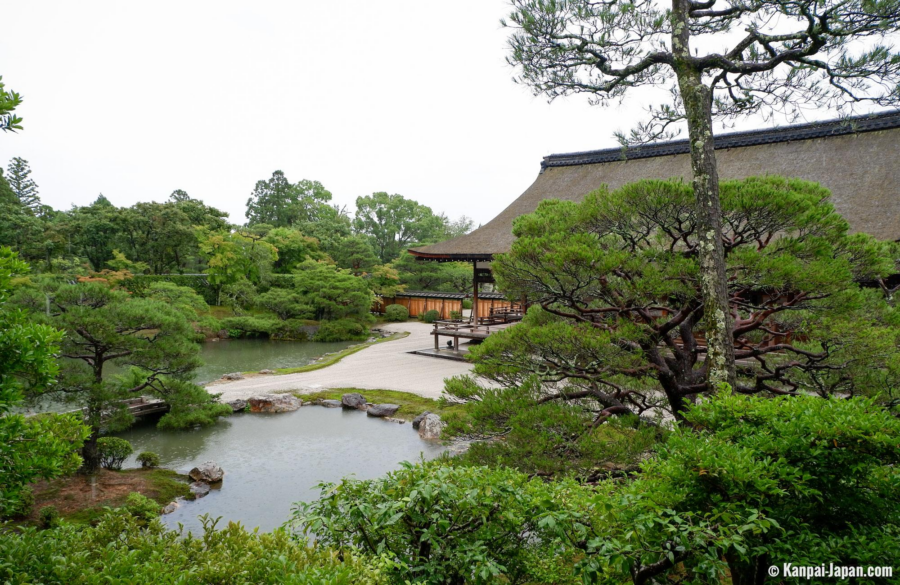
Tenryu-ji Temple
Tenryu-ji Temple is also a World Heritage site. Tenryu-ji Temple is a Zen temple and one of Kyoto’s leading sightseeing spots. The mountain Arashiyama provides a natural backdrop in the garden where visitors can admire various types of cherry blossoms.
Arashiyama Bamboo Grove
Arashiyama is a pleasant, touristy district in the western outskirts of Kyoto. The area has been a popular destination since the Heian Period (794-1185), when nobles would enjoy its natural setting. Arashiyama is particularly popular during the cherry blossom and fall color seasons. Arashiyama is a district on the western outskirts of Kyoto, Japan. It also refers to the mountain across the Ōi River, which forms a backdrop to the district. Arashiyama is a nationally designated Historic Site and Place of Scenic Beauty.
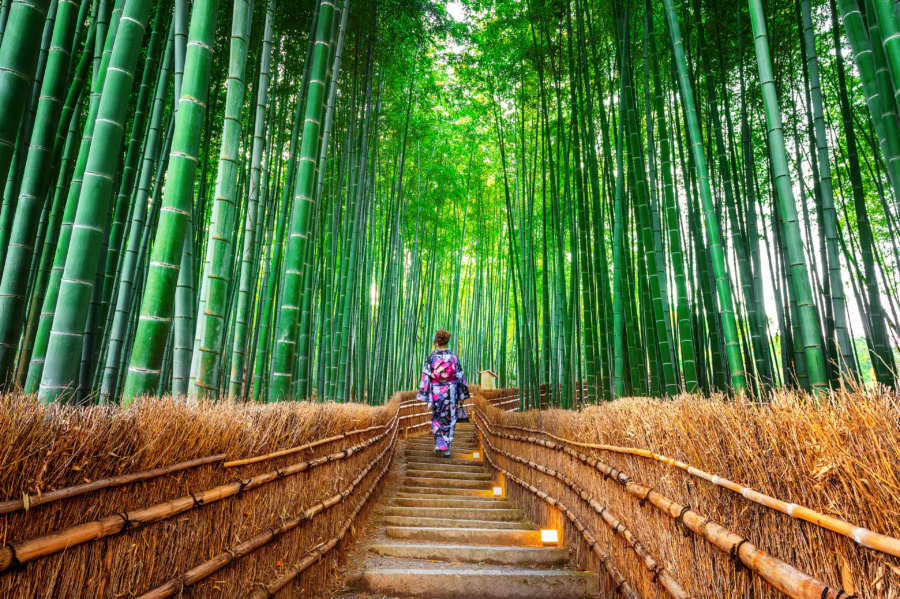
Kitano Tenmangu Shrine
Kitano Tenmangu, established in the tenth century, is dedicated to Tenjin (Sugawara no Michizane), the patron saint of students, who flock here from all over the country to pray for success in examinations, especially high school and university entrance exams.The shrine is a must-see if you are in Kyoto on the 25th of the month when a huge flea market (known as Tenjin-san to the locals) takes over the grounds of the shrine.
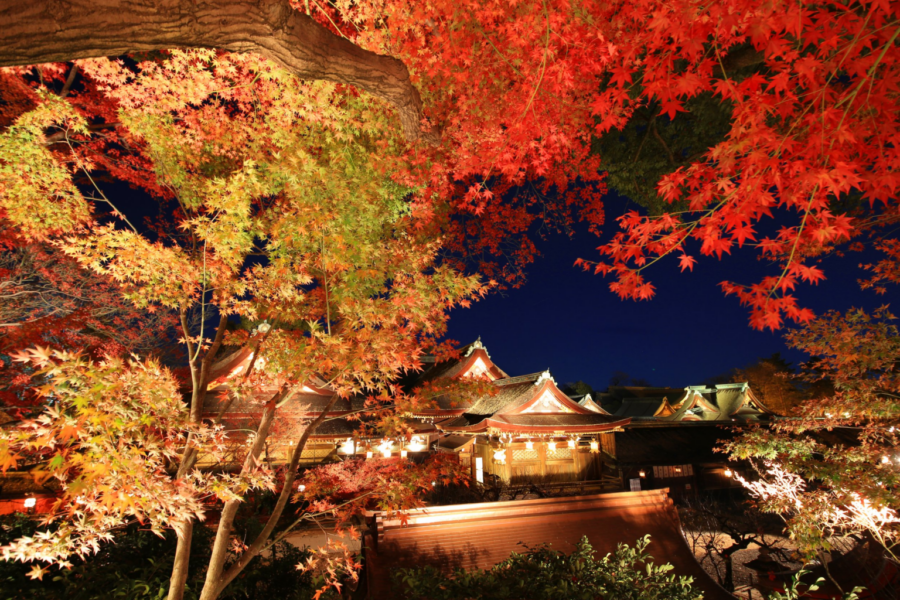
Hirano Shrine
Hirano Shrine was established in the year 794 when the capital was transferred to Heian-kyo (the ancient name for Kyoto) from Nagaoka-kyo. The shrine has long enjoyed a relationship with Japan’s Imperial Household and the royal family. The shrine, however, is more famous today for its lovely cherry trees. Hirano has held a cherry blossom festival every year since 985. The first of these festivals was held during the reign of Emperor Kazan.
Heian Jingu Shrine
Heian Shrine (Heian Jingū) has a relatively short history, dating back just over a hundred years to 1895. The shrine was built on the occasion of the 1100th anniversary of the capital’s foundation in Kyoto and is dedicated to the spirits of the first and last emperors who reigned from the city, Emperor Kammu (737-806) and Emperor Komei (1831-1867). Heian is the former name of Kyoto. A giant torii gate marks the approach to the shrine, around which there are a couple of museums.
Okazaki Canal & Kawabata-dori street
Cherry blossoms can be admired from on board the bus as well. See cherry trees along the Okazaki Canal and Kamo River along the way.
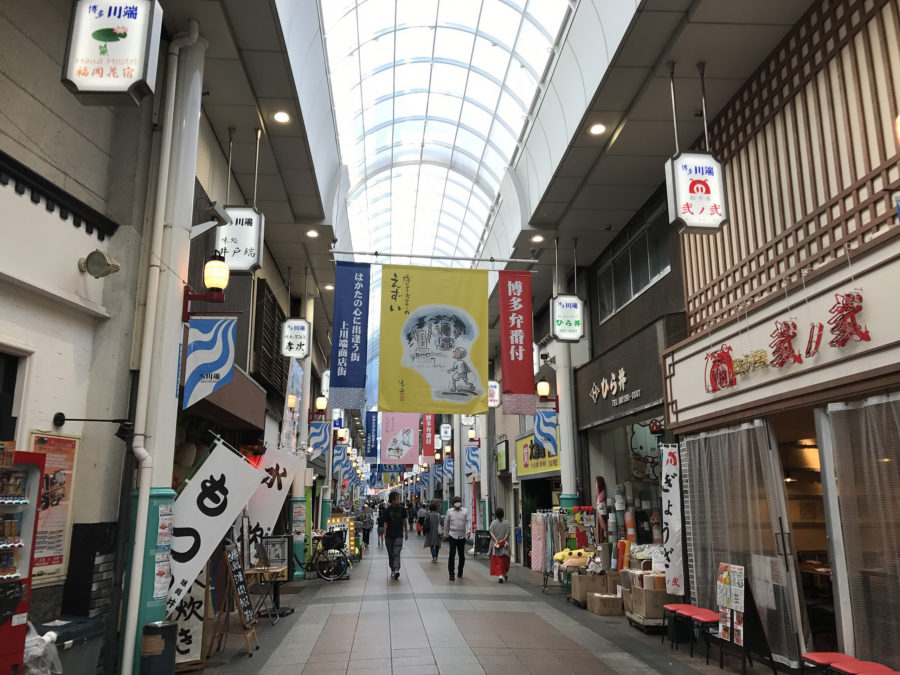
Nijo Castle
A UNESCO World Heritage Site. Tour the historical castle completed in 1626, which was built to provide lodging for Tokugawa Shogun and as a palladium for Kyoto Imperial Palace.

Kinkaku-ji Temple
A World Heritage Site, also known as the Golden Pavilion. The wooden architecture is covered in thin layers of pure gold and is surrounded by a beautiful lake.
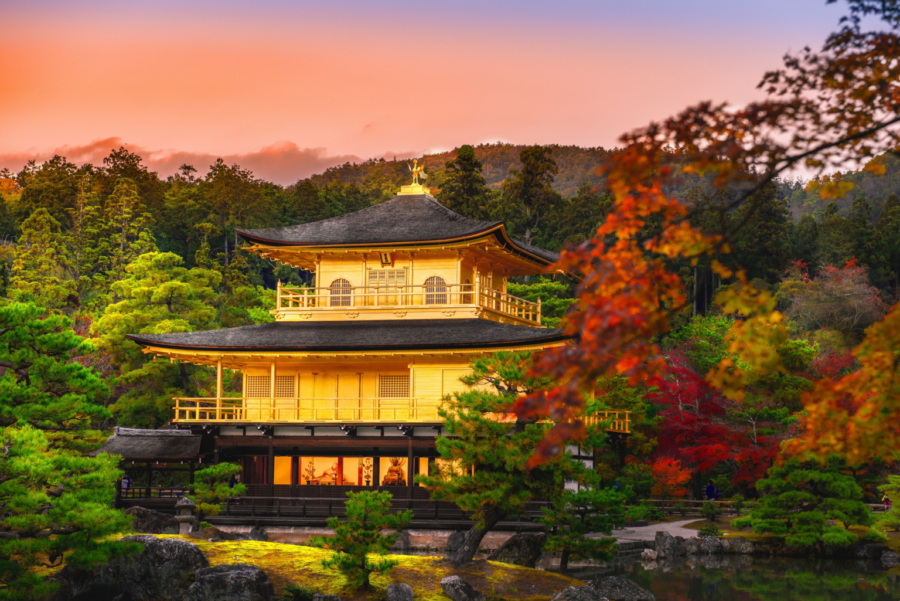
Kyoto Imperial Palace
Rich in tradition, Kyoto Imperial Palace preserves the look and ambiance of the Palace as it had been in the time of Japan’s ancient imperial dynasties. The current Palace was rebuilt in 1855 and comprises several structures–including the Shisinden, the Seiryoden, the Kogosyo, the Ogakumonjyo, and the Otsunegoten–that reflect the architectural styles of various periods.
Kitano Tenmangu Shrine
This shrine’s main hall is a designated national treasure and is famous for housing the God of scholarship. The shrine is especially great to see during the plum blossom and autumn leaf seasons.
Nara Park & Todai-ji Temple
This is the symbol of the Nara Period and one of the world’s largest wooden structures. Its huge main hall and bronze Great Buddha are impressive to behold.
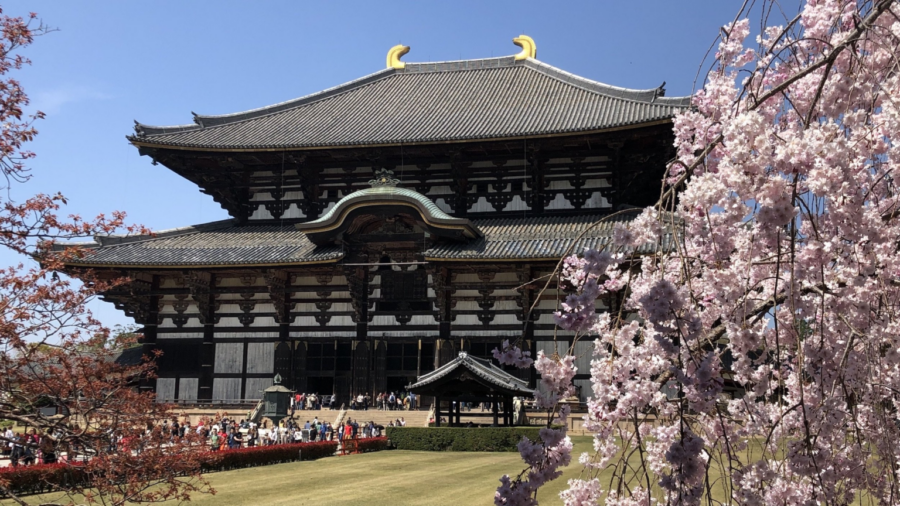
Kasuga Taisha Shrine
This Nara Period shrine is designated as a World Heritage Site. The deer of Nara Park is thought to be the shrine messengers.
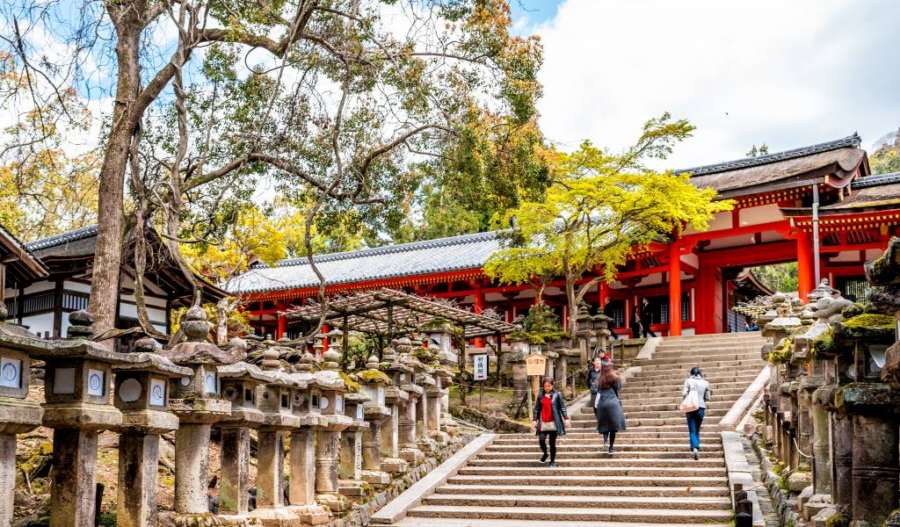
Nara Nagomikan
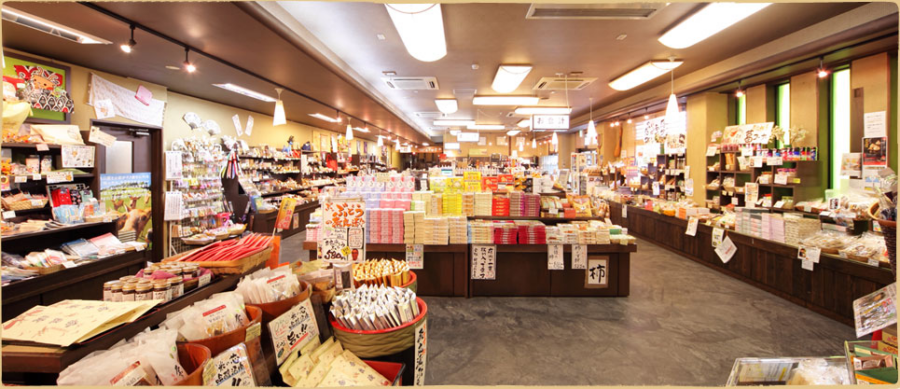
The largest souvenir shop in Nara. Enjoy yourself in this spacious shop and look for the perfect souvenir.
Our Services
We offer a comprehensive range of services to meet your travel need.

Itinerary Planning
Let us create a tailor-made itinerary that reflects your interests, preferences & budget.
Expert Guidance
Our team of experts is here to offer personalized guidance and support every step of the way.
24/7 Customer Support
Book places effortlessly with our secure platform, backed by expert support.
Travel Logistics
We handle transfers, accommodation and transport, so you just relax and explore.-
IncludedLocal transportation5 Star AccomodationProfessional GuideEntry Fees
-
Not IncludedDeparture Taxes
- Blogs
- Culinary Delights by the Sea: Exploring Beachside Cuisine in Japan
- Seasonal Foods in Japan: What to Eat in September
- Enchanting Japanese Beaches: Your Perfect Summer Escape
- Culinary Delights by the Sea: Exploring Beachside Cuisine in Japan
- Snowboarding in Japan: Adventure Meets Culture
- Surfing in Japan: Waves of the Rising Sun
- A Bird Watcher’s Odyssey : Japan’s Avian Paradise
- Japan’s Art Odyssey: Where Tradition Meets Innovation
- Autumn Onsens: Amidst Japan’s Fall Foliage
- Japan’s Tourism Explosion In 2024
- Sapporo- Your Winter Destination
- Through the Lens- Tokyo and Kyoto
- Japanese Green Tea
- Seasons of Japan
- Destinations
- Tours
- About Us
- Contact Us
